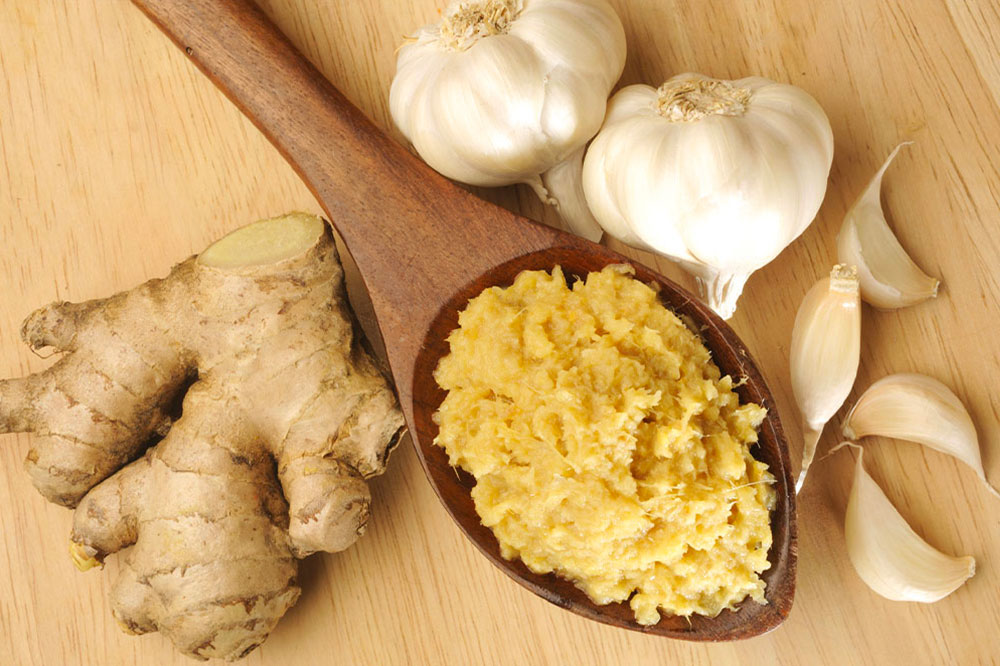Nasal Polyps – Symptoms, Triggers, and Management

Nasal polyps are small, non-painful, and non-cancerous growths on the linings of the nasal passages. These are common in patients who suffer from health conditions such as asthma, allergies, or inflammation in the nasal passage. These teardrop-shaped growths are usually found where the sinuses open into the nasal cavity. These nasal polyps can affect anyone but are mostly diagnosed among adults. Various treatment options can shrink their size and even relieve symptoms.
Symptoms of nasal polyps
Usually associated with swelling and irritation of the lining, symptoms of this condition can last up to 12 weeks. The polyps are generally small, soft, and lack sensation. But if they are bigger size-wise, they may cause problems in an individual’s day-to-day functioning. Hence it is important to look for other symptoms linked to this condition.
Runny nose
It might be a chronic symptom where the patient feels like they are constantly suffering from a cold. However, as the symptom is quite confusing, it is best to visit a healthcare expert if the cold does not subside within a week.
Stuffy or blocked nose
In some cases, where the polyps have grown in size, the patient may find it hard to breathe through the nose. It might lead to sleeping problems and other health issues as well. Furthermore, the persistent congestion might make the patient extremely uncomfortable and cause snoring. Some other symptoms that might be easy to spot include pain in the face, headache, poor sense of taste, nosebleeds, postnasal drip, pain in the upper teeth, and itchiness around the eyes, etc.
Causes and risk factors
Polyps develop due to the change in the mucous membrane lining in the nose or sinuses. It might lead to inflammation for a long time or over and over again. Researchers believe that some leading causes of nasal polyps are allergies and infections, but the exact cause is yet to be confirmed. These polyps are also linked to non-allergic asthma; in some cases, no triggers are found. So, here are some of the risk factors that might increase a patient’s risk of developing these non-cancerous growths.
Genetics
Individuals who have family members with nasal polyps are more likely to develop these growths. This development may happen along with other health conditions involving tissue inflammation and the upper respiratory tract.
Cystic fibrosis
It’s a chronic disease that affects organs like the lungs, liver, and pancreas. If the patient suffers from this disease, then there are chances that they might also develop nasal polyps in the future. It happens because nasal polyposis is a sinonasal manifestation of cystic fibrosis due to the chronic inflammation of the sinuses and nasal passageways.
Rhinosinusitis
It is a condition that causes inflammation of the sinuses and nasal passages, leading to the development of nasal polyps. The inflammation may last up to 12 weeks or more and can also cause benign growths, which, once grown large, may interfere with the quality of life and cause sleeping troubles.
Diagnosis
If a patient shows any of the symptoms mentioned above, it is advised to seek the advice of a healthcare expert as soon as possible. The doctor may diagnose the condition by following a procedure that includes an inquiry about the health history, allergies, and infections, details about the symptoms and how long the patient has had them, a nasal endoscopy, and a CT scan to get a detailed picture of the patient’s sinuses. Some other methods used to diagnose nasal polyps are allergy tests and blood tests. These may help ascertain the root cause of the nasal polyps and draft a treatment plan.
Therapy
The goal of the treatment is to reduce the size of the polyps or eliminate them effectively. Here are some of the treatment methods that help manage nasal polyps.
Nasal sprays
Doctors might advise using nasal sprays to manage certain symptoms such as runny nose and blockages. These nasal sprays may aid in reducing the size of the polyps. However, there are chances of polyps resurfacing once the use stops.
Surgery
This treatment method involves an endoscopic surgery where the surgeon inserts a small camera or a lighted magnifying lens into the nostrils to guide them through the sinus cavities. Then, the surgeon may use tiny instruments to remove the polyps and resume the flow of air and fluids through the sinuses. After the surgery, the doctor might advise a salt water rinse to help recover.
Home remedies
In case a patient prefers a non-invasive form of treatment, there are some ways the benign growths can be managed at home, including cayenne pepper, steam inhalation, and neti pot.
Cayenne pepper
This spice contains capsaicin, a compound that can effectively clear the sinuses. It is also shown to open up nasal passages, relieve inflammation, and improve immunity. Cayenne pepper can be used as a nasal spray, or 1-2 tablespoons of the spice can be added to the meal. Furthermore, it can also be used in tea for the optimum management of the condition.
Steam inhalation
Simple hot steam also proves to be effective in clearing the sinuses. Research has indicated that steam inhalation may help relieve certain symptoms of nasal polyps, such as headaches caused by sinus inflammation. Alternatively, one can also try a steam bath or steam room to relieve symptoms.
Neti pot
A neti pot, better known as nasal irrigation, can relieve nasal polyps’ symptoms. This process involves running warm distilled water or sterilized water solution through the nasal passages. In addition to polyps, it may also help with sinus or allergy treatments, reveals studies.
Long-term conditions such as nasal polyps may worsen over time. If left untreated, it may lead to complications like frequent infections, obstructive sleep apnea, and asthma flare-ups. Hence, it’s suggested to seek the advice of a doctor or a specialist for a treatment plan.






